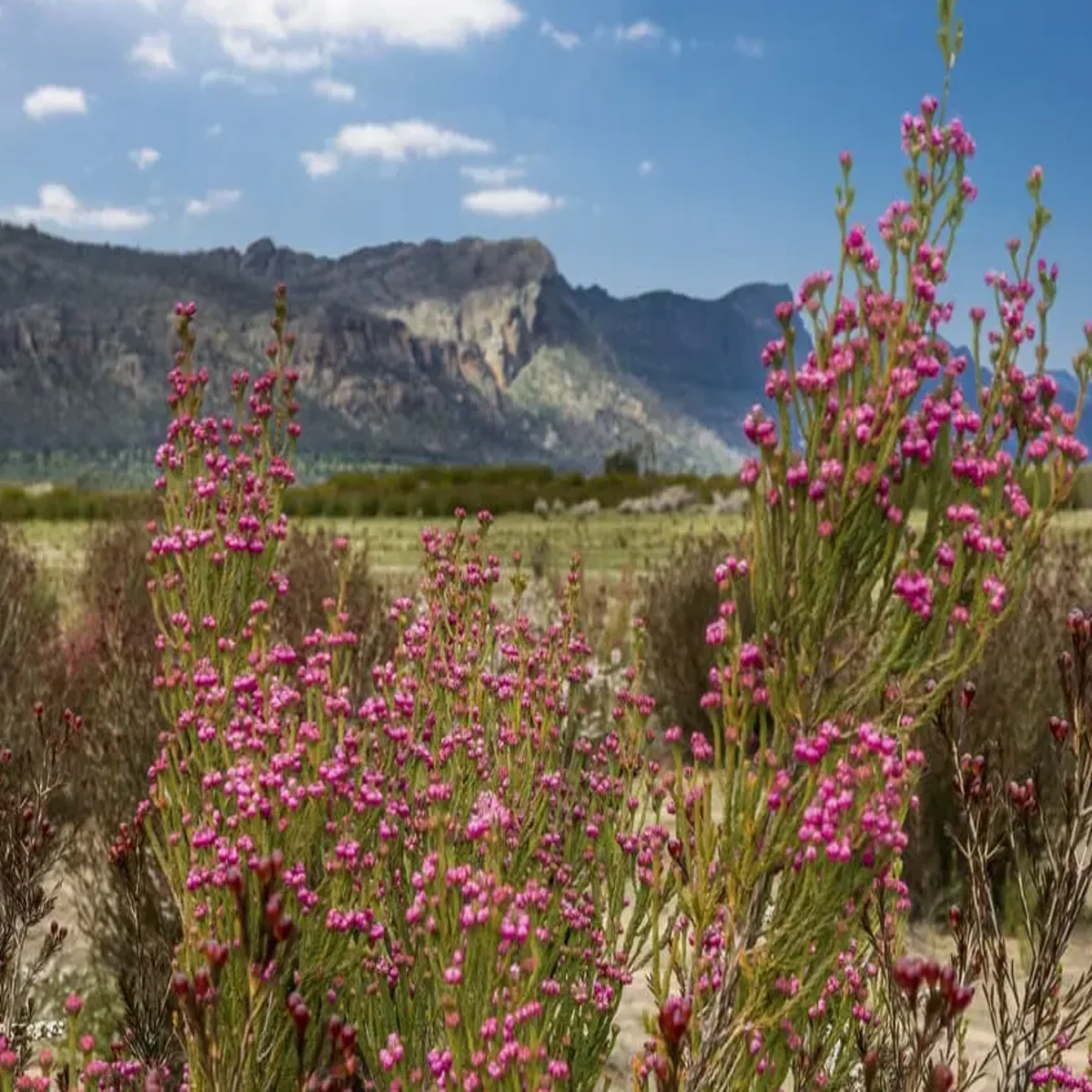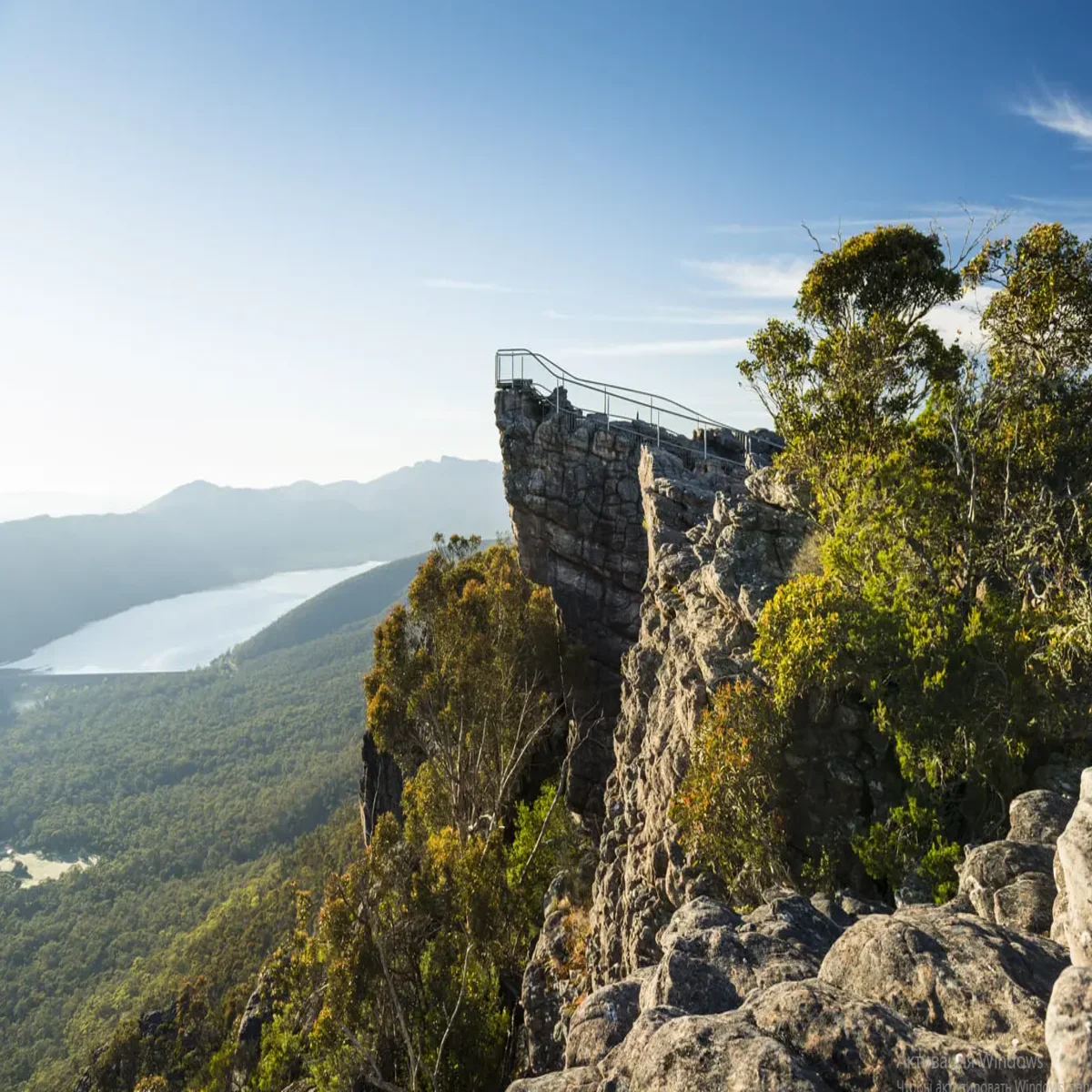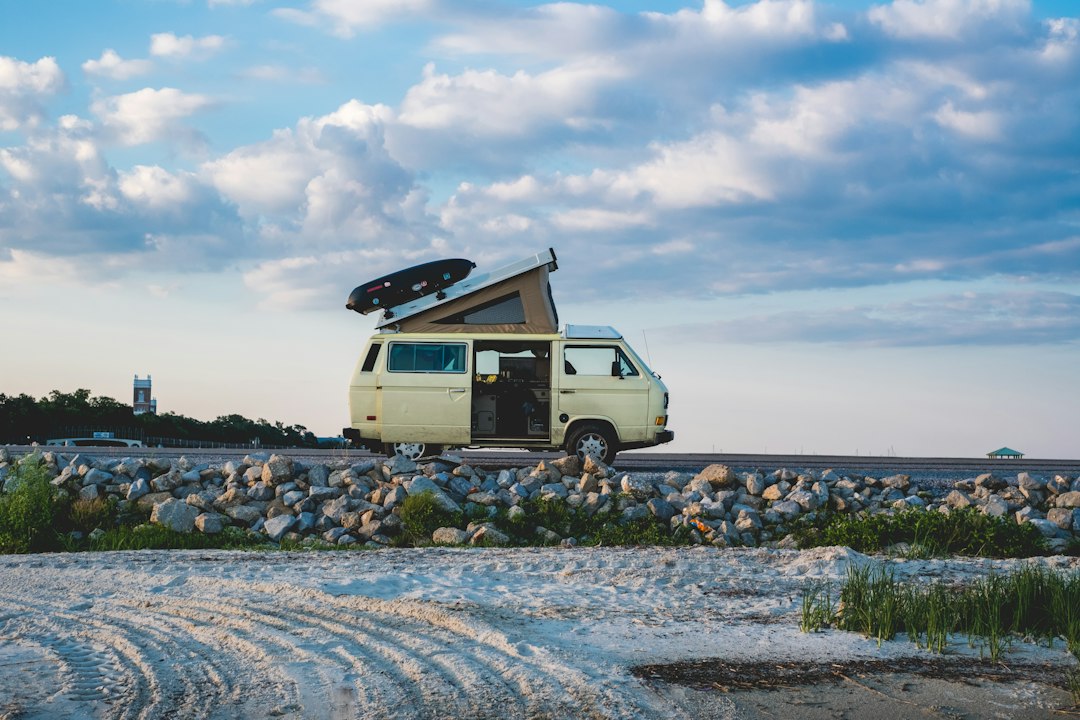The region, known as Gariwerd by local Indigenous people, has been inhabited by the Djab Wurrung and Jardwardjali people for 20,000 years. It also contains a high concentration of rock art paintings and a large collection of Aboriginal art motifs in Victoria.

An inspirational landscape
The Grampians are known for their stunning landscapes and have been a source of inspiration for various Australian artists.
The diverse landscape of this area provides a habitat for a wide range of plants and animals thanks to the variety of rock and soil types present, leading to a rich biodiversity.
The Grampians National Park is a sanctuary for native plants and animals in western Victoria, where much of the plains have been cleared for agriculture. The park is home to over 975 native plant species, including more than 75 orchid species, many of which are unique to the Grampians region.
The Grampians is a habitat for the rare Grampians pincushion lily. Nationally threatened animals such as the red-tailed black cockatoo and smoky mouse have been recorded in the park.
The region saw European settlers establish communities
The mountains were named by Major Thomas Mitchell in 1836 after he and his group of explorers scaled the highest peak, Mt Duwil (Mt William), in the Grampians. He decided on 'the Grampians' due to the rugged region in his homeland of Scotland. European settlers later came to the area after hearing positive reports of suitable grazing land.
The Grampians became a farming, mining, and timber production hub and a water source for nearby farmland. Designated as a state forest in 1872 and declared a national park in 1984, the Grampians attract over 800,000 visitors annually.
List of National Heritage
The Indigenous values of the Grampians National Heritage Place are not officially mapped. Indigenous people should be consulted on any proposed actions that could impact the site's listed heritage values or protected matters such as threatened species with Indigenous heritage values.

It is recommended that proponents contact the Aboriginal Traditional Owners and custodians of the land before taking any action that may impact listed values or adjoining lands.
You don't have time for adventure planning and want to see rare animals, cave paintings, and extraordinary views? Use an experienced Grampians Tour guide. This unforgettable experience will last a lifetime.
The Department has received a letter from the appropriate representative bodies stating that they have been adequately consulted on the action, indicating a best practice approach has been followed.





